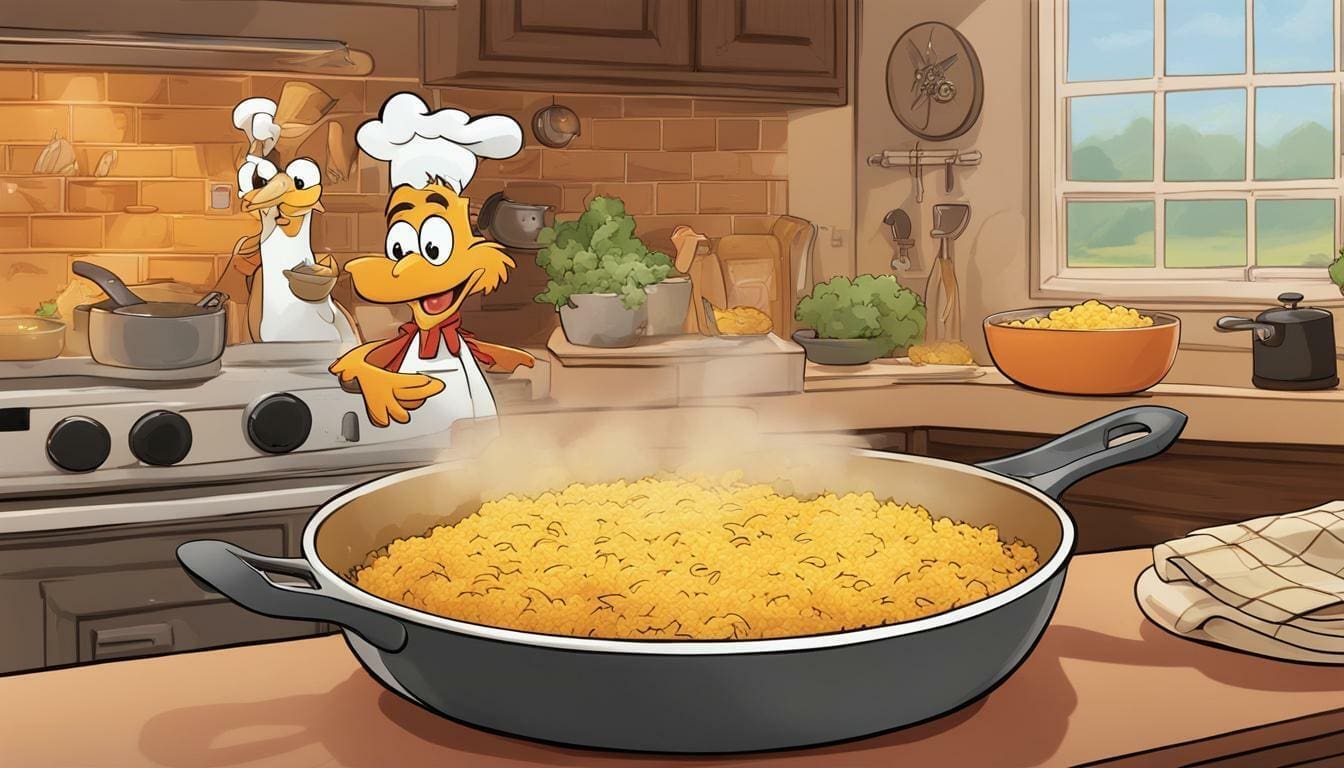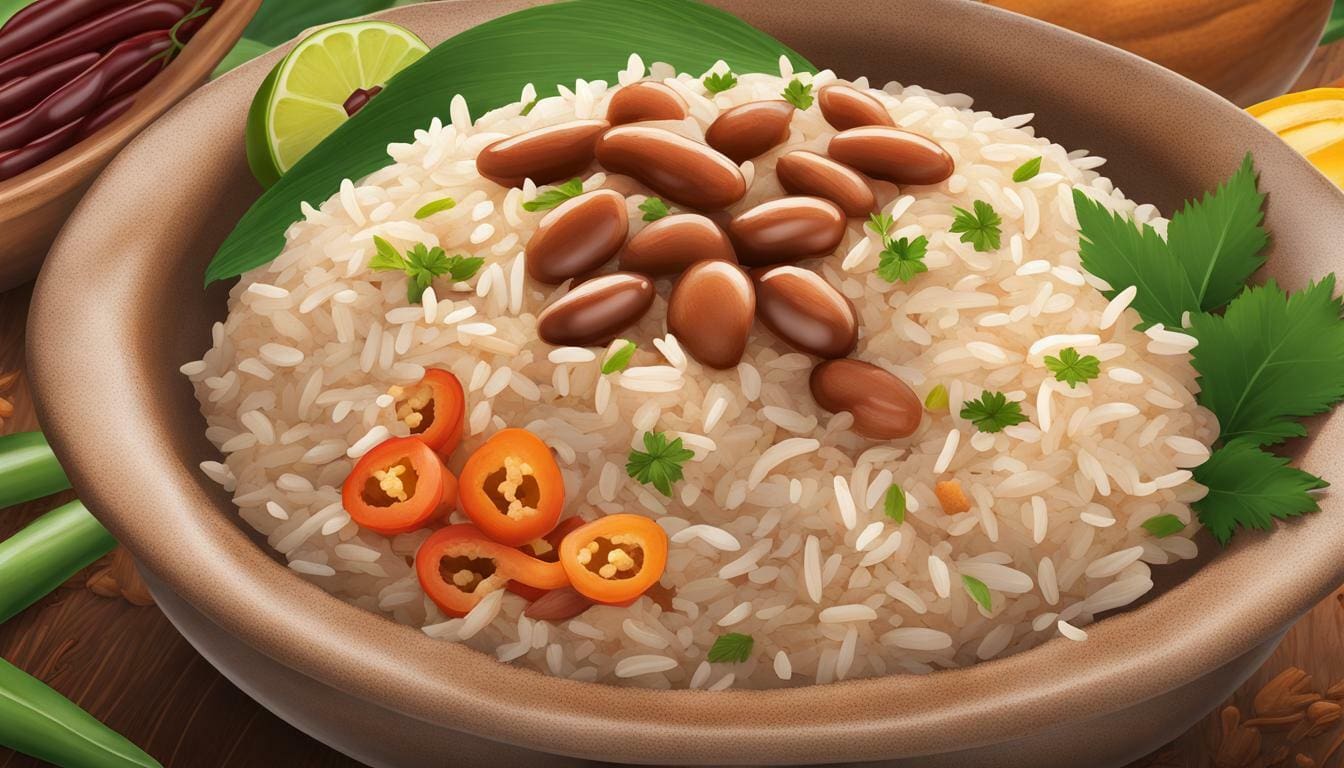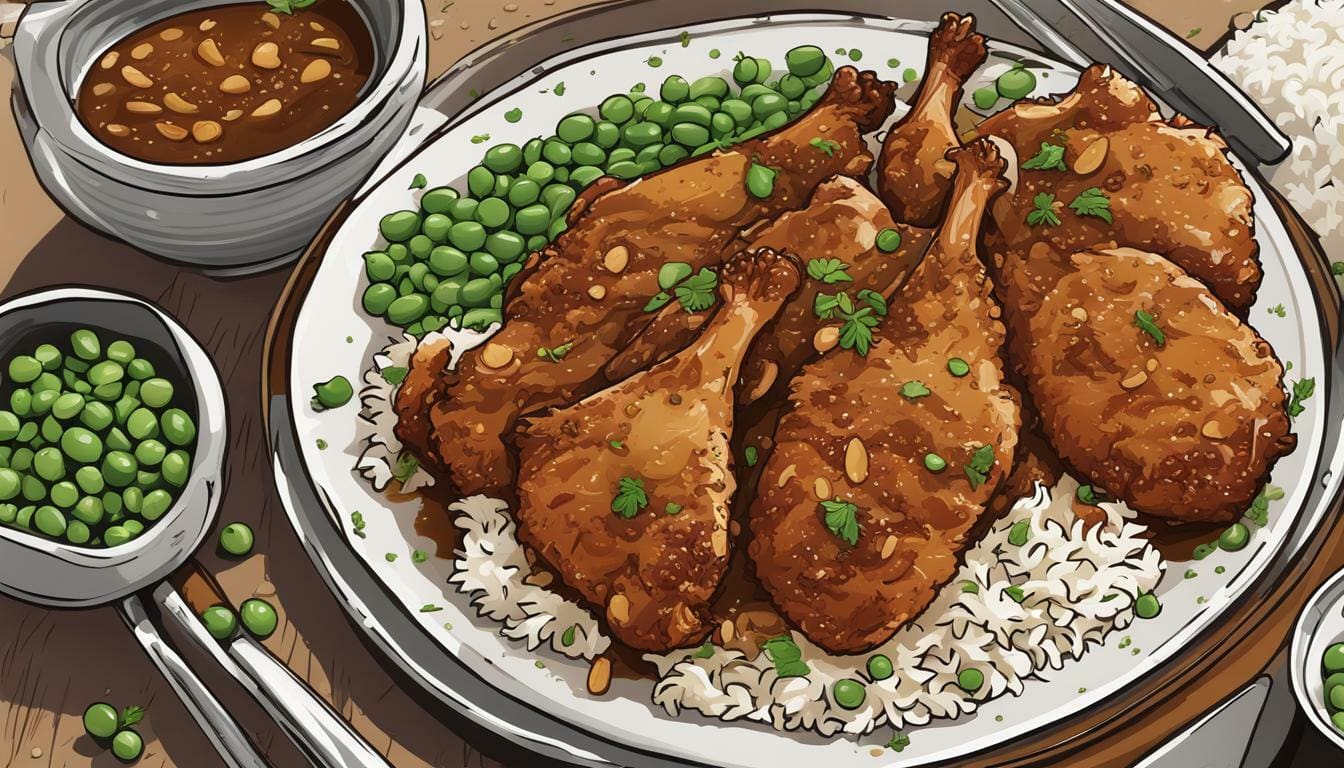Introduction
When making paella, should you add uncooked rice to the dish? This is a question that many people have. The answer is not necessarily black and white, as both approaches have pros and cons. In this blog post, we will discuss the pros and cons of adding uncooked rice to paella so that you can make an informed decision when preparing this famous Spanish dish!
What Is Paella, And Where Did It Come From?
Paella is originally a Valencian dish that originated around Valencia in Spain. The word “paella” refers to a pan used for cooking the dish, also called a paella pan!
The most common type of rice used in paella is arborio rice (also known as carnaroli), but this rice is not suitable to use when adding uncooked ingredients, such as raw tomatoes. This is because arborio rice tends to become sticky when cooked by itself. On the other hand, white and jasmine rice do not stick to the pan if they are added at the beginning of the cooking process.
The History Of Rice In Paella
The first paella cooked with uncooked rice was cooked in 1932, as recorded in an article published by the Madrid newspaper La Libertad. It is said that the dish originated from a need to feed a large number of people on minimal resources. Paella was ideal for the situation due to its ability to provide large quantities of people with relatively little food.
What Is The Difference Between Arroz A La Valenciana, And Paella?
There is some confusion regarding the terms Arroz a la Valenciana and paella, as they are often used interchangeably. In actuality, Arroz a la Valenciana refers to a specific paella dish served in Valencia. This dish contains chicken breast, rabbit, snails, and green beans. This dish is different from paella because it includes a handful of ingredients. In addition, this particular paella is cooked on a stovetop pan and not over an open flame, as true paellas are.
Is It A Good Idea To Add Uncooked Rice To Paella?
Many recipes for paella call for uncooked rice to be added to the pan at the beginning of the cooking process. This technique means you can use lesser-quality rice and still enjoy a good paella.
Pros
1. One of the most significant benefits of adding uncooked rice is that it adds texture and flavor to the dish. If you add cooked rice, it may become overcooked by the time your meal is ready.
2. Adds texture to your paella.
3. Can use lesser quality rice.
4. It offers a fresh flavor.
Cons
1. On the other hand, adding raw ingredients raises questions about hygiene and food safety. There are many reports online from people who have found worms in their paella after following a typical recipe with uncooked ingredients, such as green beans or peas.
2. Raises food safety concerns.
3. If you’re using frozen ingredients, you risk food contamination.
Should You Add Uncooked Rice To Your Paella?
As always, it depends! Adding raw ingredients might be helpful if you’re making authentic paella (with chicken, rabbit, etc.). However, it might be best to cook everything beforehand if you’re simply making a Spanish dish containing rice and other ingredients (such as green beans, peas, or zucchini).
The Best Way To Cook Rice In Paella
We have compiled several steps for paella creation that will allow you to make a great, tasty dish:
1. Cook the rice
2. Cook the saffron rice (optional)
3. Add other ingredients to the pan (such as vegetables)
4. Add uncooked ingredients (such as vegetables or shellfish)
5. Make sure that all ingredients are well mixed together before taking off of the heat
How To Make Paella With Uncooked Rice?
1. Prepare your paella pan by adding water and using a spatula to mix everything inside the pan.
2. After doing this, add the rice to the pan. Wait until everything is well mixed before adding any other ingredients.
Alternative Ingredients For Making Paella
It is not necessary to use arborio rice for making paella. The rice used in a recipe may depend on what you have available. You can use a long grain white rice or jasmine rice instead of the traditional arborio. White and jasmine rice do not stick to your pans like long-grain brown or whole grains.
How To Make A Traditional Seafood Paella
There is a small amount of controversy regarding including shellfish in paella. The argument for and against shellfish is based on the belief that it could cause an illness called botulism, a rare but potentially fatal form of food poisoning.
The debate about adding paella de pescado (pescado = fish + paella = Paella) to recipes is often linked to the fact that many people do not like seafood cooked in their paella. If you include seafood in your recipe, choose safe alternatives for cooking and serving. Consider adding seafood, such as cod, sole, or halibut.
Conclusion
Using uncooked ingredients in your paella might add a special and unique taste or texture. However, it is best to use congealed ingredients (i.e., frozen or canned tomatoes and mushrooms) as these are already well cooked and ready to be mixed with the rice. Although paella has many variations and requires various ingredients, you can still make it with rice and other elements that are already cooked. It is essential to put a lot of thought into cooking the rice to add the right amount of flavor and companionship.
If you’re looking to create a traditional dish like paella, it may be best to follow the traditional recipe. If you’re simply looking for a tasty Spanish dish for dinner, consider cooking the ingredients and adding them after the rice has been thoroughly cooked.
In summary, there is no clear answer regarding whether or not it is advisable to add uncooked ingredients such as peas to your paella. It depends on what you try to achieve with your meal.


